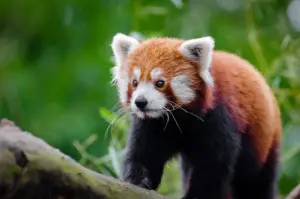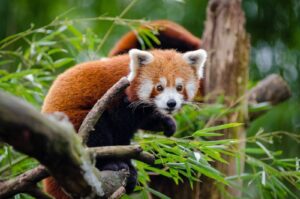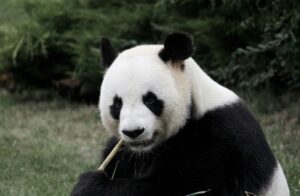Wildlife poaching is a significant threat to global biodiversity, endangers the survival of many species, including tigers, gorillas, and pangolins, and causes the deaths of over 35,000 elephants each year. The trade of live animals and products of wildlife poached origin is estimated at $70-213 billion annually.
Criminal networks exploit these species, exacerbating a significant problem that requires global action. The loss of these key species not only disrupts natural food chains but also threatens the stability of ecosystems. Coordinated international efforts and public awareness are fundamental in fighting poaching and safeguarding endangered wildlife.
Key Takeaways:
- The illegal wildlife trade is estimated to be worth $70-213 billion annually.
- Over 35,000 elephants are killed by poachers every year in Africa.
- Rhino populations in South Africa’s Kruger National Park have decreased by 60% due to poaching, with Africa experiencing a two-decade peak in rhino poaching by 2015.
- South Africa and Asia have alarming rates of illegal hunting, driven by persistent demand for products like elephant ivory, rhino horn, and tigers.
- China and Southeast Asia are the largest suppliers of wildlife products in the US, both legal and illegal, with challenges persisting in regulating and monitoring wildlife trade despite international efforts.
- Poaching threatens the survival of key species like tigers, gorillas, and pangolins, exacerbating the biodiversity crisis.
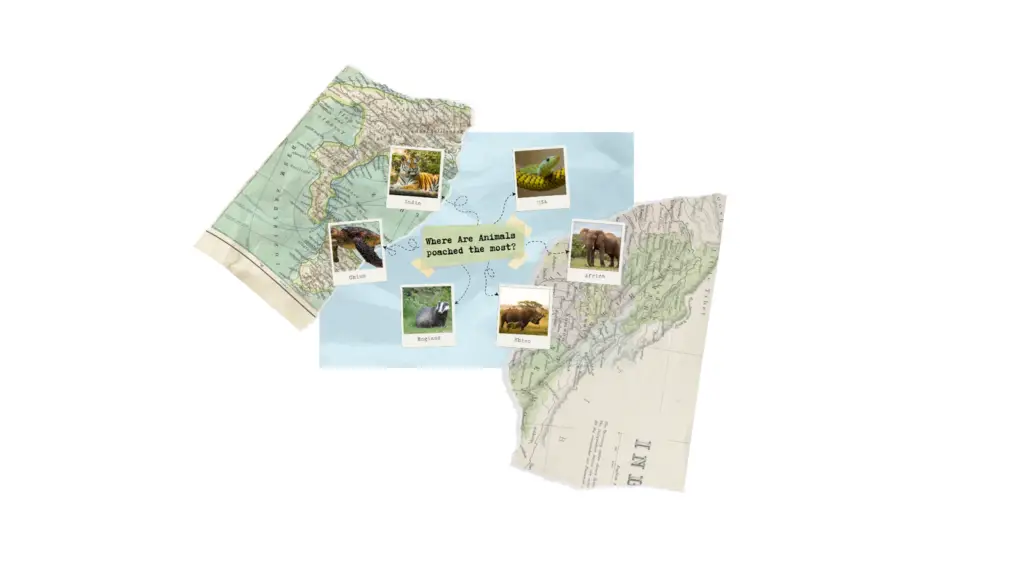
The Impact on Ecosystems
Poaching is disrupting natural food chains and the stability of ecosystems worldwide. When poachers target wildlife species, they not only threaten the survival of these animals but also destabilize the intricate balance of ecosystems.
Removing key species, such as rhinos and elephants, leads to a loss of biodiversity, which is essential for maintaining the health and functionality of natural habitats. This decline in keystone species populations can result in significant habitat damage, altering the ecosystem’s structure and function. The void left by these targeted species often opens the way for invasive species, further exacerbating the impact on ecosystems.
Efforts to Fight Poaching
In response to wildlife poaching, numerous strategies and collaborations have been implemented globally to counteract this illegal activity effectively. These efforts are reflected in the following key actions:
- Strengthening Anti-Poaching Patrols: Well-equipped rangers and advanced technology like drones are essential for monitoring and protecting wildlife from poachers.
- International Agreements: Collaborations between countries and adherence to international treaties like CITES are important for a global response against wildlife trafficking.
- Launching Public Awareness Campaigns: These initiatives aim to reduce demand for illegal wildlife products and engage local communities in conservation efforts, ensuring they benefit directly from protecting their natural heritage.
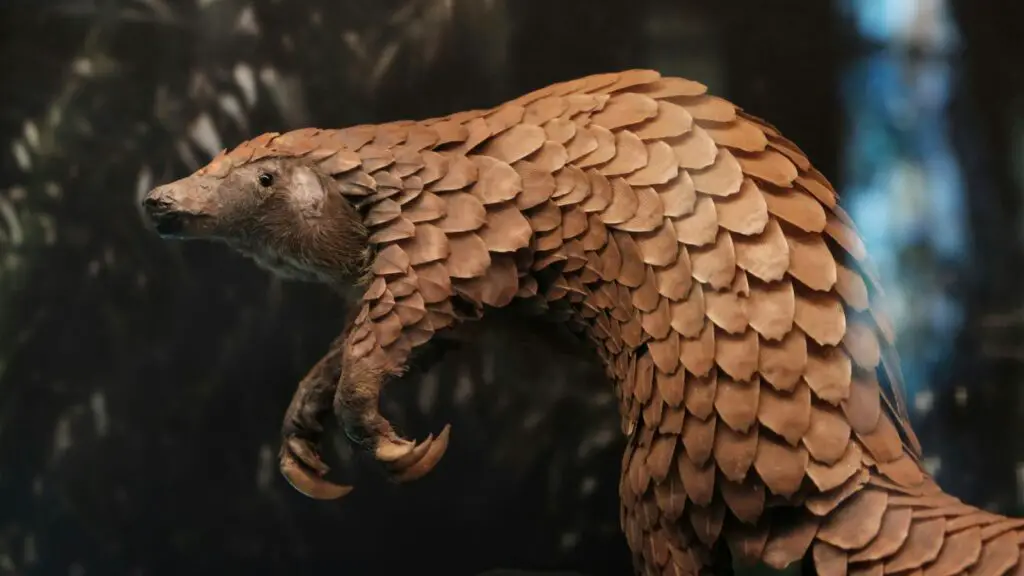
Poaching Hotspots
Certain regions are experiencing alarming rates of illegal hunting activities.
South Africa, particularly Kruger National Park, has become a focal point, witnessing a 60% decline in rhino populations since 2013. This issue extends beyond Kruger, with Hluhluwe-iMfolozi Park also grappling with heightened poaching as criminals target more accessible, smaller provincial parks.
The poaching crisis, from Zimbabwe to Kenya and Namibia, has inflicted substantial losses on rhino populations across Africa. By 2015, the continent reached a two-decade peak in poached rhinos, highlighting the need to address wildlife trafficking orchestrated by sophisticated criminal networks.
Poaching in Asia
In Asia, poaching and wildlife trafficking are driven by a persistent demand for products like elephant ivory, rhino horn and tigers. India battles rampant illegal hunting, which includes wildlife trafficking of native and non-native species.
Despite conservation efforts, the challenge persists, mainly due to weak governance and insufficient resources.
Poaching Statistics: The numbers are staggering; countless animals fall victim to poaching and trafficking every year in Asia. This illegal activity affects elephants, rhinos, tigers, reptiles, birds, insects and even plants, which are also targeted for illegal markets.
Below is a table showing the data from 2018 to 2020.
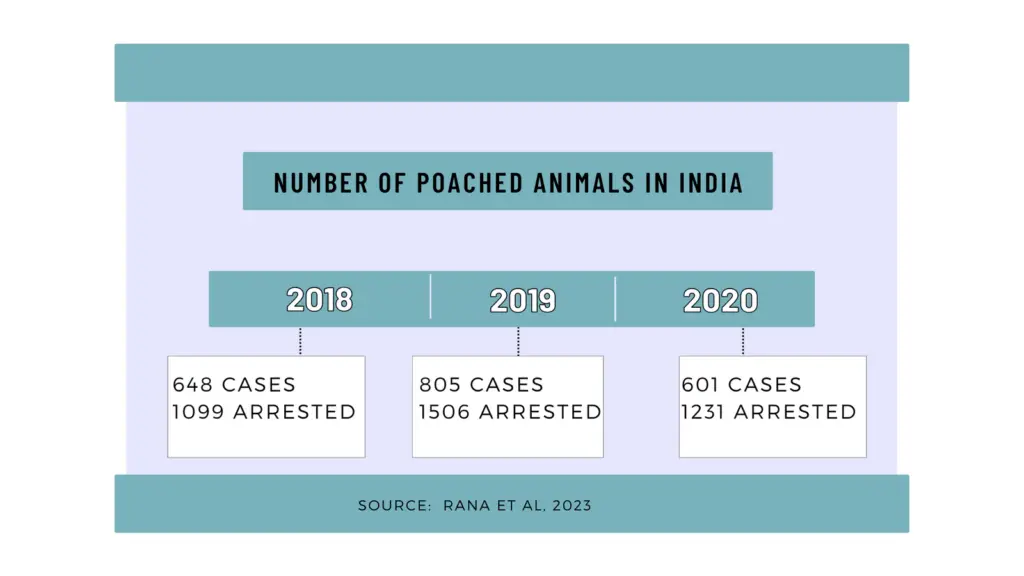
Various species are trafficked in India for multiple reasons.
Below is a short list of some of the species, native and non-native of India, and the main reason why they have demand in the illegal wildlife traffic:
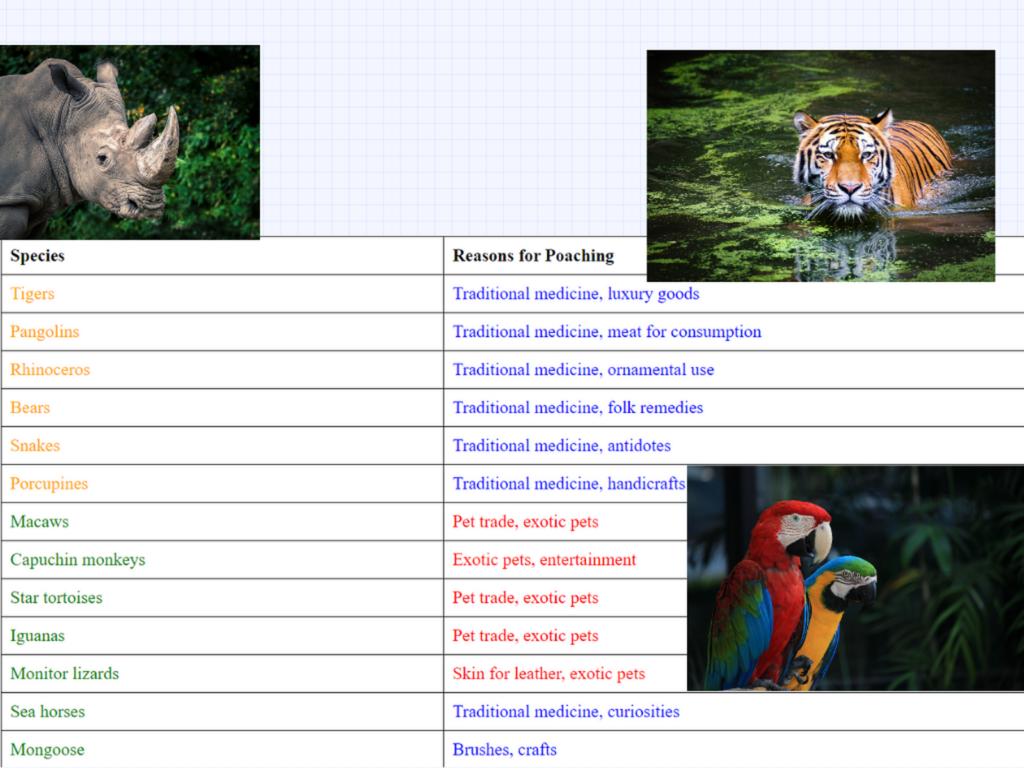
Poaching in Africa
Obtaining specific statistical data regarding poaching activity in Africa takes a lot of work. Some studies showed that poaching in Africa impacts Rhino and Elephant populations massively.
However, estimating the population can be challenging when studying elephant poaching. The data is derived from various counting methods, and none provide conclusive figures. These methods include aerial counts, ground surveys, and dung counts, each with limitations and potential biases.
The size of game reserves also plays a role, with more extensive reserves posing logistical and financial challenges to security coverage, potentially making them more vulnerable to poaching.
The influence of economic factors such as Gross Domestic Product (GDP) and urbanization rates is significant. Increased urbanization may contribute to higher elephant poaching rates due to heightened wildlife conflict and increased demand for luxury items like ivory.
Corruption perception is also considered a potential factor, with higher perceived corruption scores indicating more significant challenges in combating wildlife crime at the national and international levels.
Who is the Largest Supplier of Wildlife Products in the US?
The US market’s most significant legal and illegal wildlife product suppliers are predominantly China and Southeast Asia.
These regions serve as primary exporters of a vast array of wildlife, ranging from aquatic species and herpetofauna to mammals and birds. China, in particular, stands out as a leading exporter, with significant volumes of live animals and wildlife products flowing into the USA.
Indonesia also has a role in wildlife trade, producing live aquatic species and herpetofauna.
While legal trade is often regulated by international agreements such as CITES, illegal trade remains pervasive. Various factors drive it, including demand for exotic foods, traditional medicines, trophies, and fashion items.
Despite efforts to monitor and regulate wildlife trade, challenges persist due to the complexity of distinguishing legal from illegal transactions and the sheer volume and diversity of species involved. As one of the top global consumers of wildlife products, the USA faces ongoing risks from introducing pathogens and invasive species via wildlife trade.
Conclusions
Wildlife poaching threatens global biodiversity and ecosystems with significant economic, environmental, and social ramifications.
Despite ongoing conservation efforts, poaching hotspots persist, particularly in regions like South Africa and Asia, driven by persistent demand for wildlife products.
The staggering statistics surrounding the illegal wildlife trade show the urgent need for coordinated international action to address this pressing issue.

